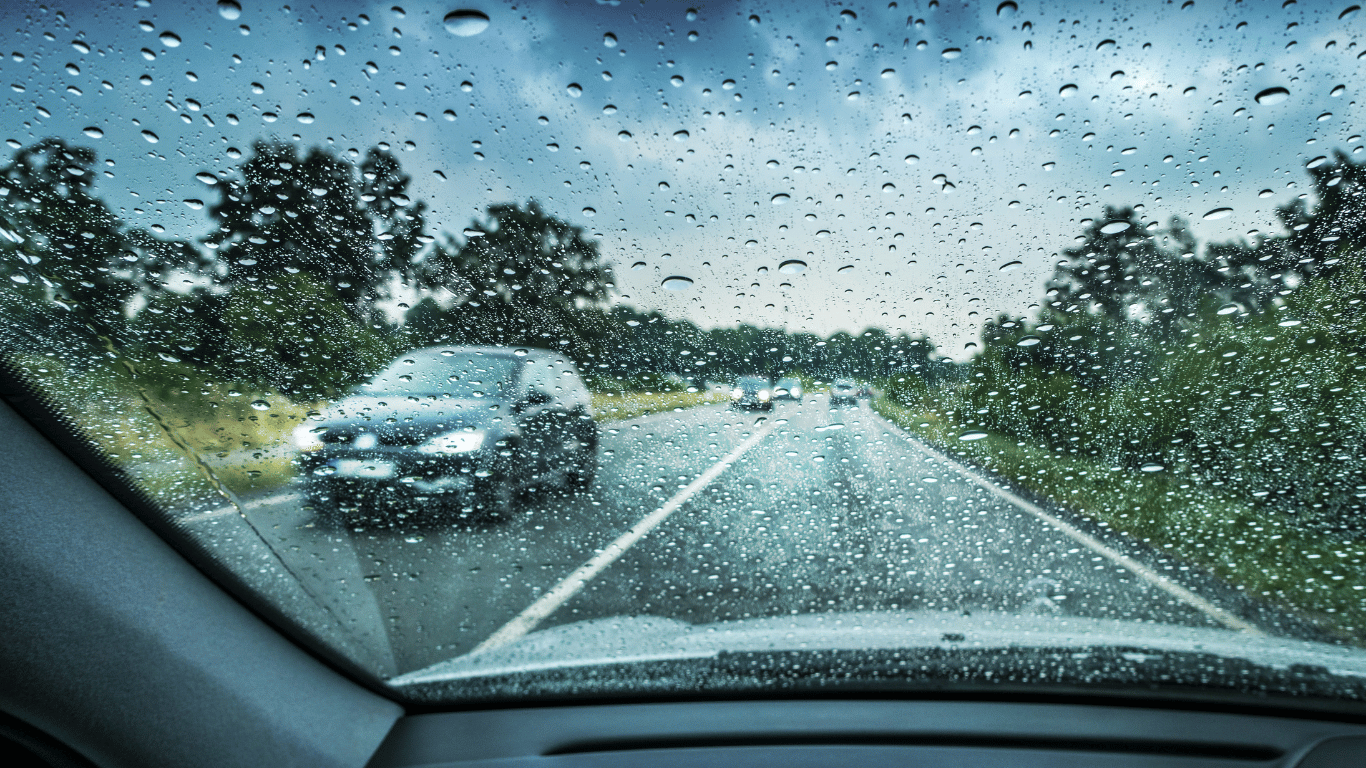A basic understanding of the cooling system, its jobs, and how to maintain it can save you both time and money. Not all parts of your car’s cooling system are equal; some are more critical than others concerning the system’s overall function. The four most important going from front to back are — the radiator, intake air heater, fan, and thermostat.
The cooling system is not just a radiator.
The cooling system isn’t just a radiator. The cooling system is a closed-loop that keeps your engine from overheating.
The cooling system has four components: the radiator, the thermostat, the pressure cap and the coolant.
The cooling system has four jobs.
The cooling system has four main jobs. They are to cool the engine, circulate the coolant, remove excess heat from the coolant, and maintain a constant temperature for the coolant. This is done by combining metals in your cooling system that expand and contract at different rates. They also have different densities, absorbing heat from other places and transferring it away. If you don’t have enough metal or the correct type of metal in your cooling system, then it can cause things to overheat or melt.
Cooling systems fail because of age and poor maintenance.
A cooling system that has not been maintained can fail due to:
Improperly mixed antifreeze coolant. The mix of water and antifreeze in your radiator should be 50/50. If it is not, the engine could overheat.
Leaking hoses. The two upper radiator hoses and two heater hoses are most prone to leakage, especially if they are old or neglected.
Faulty thermostat. A defective thermostat doesn’t open wide enough, allowing the gasses to build up rather than venting like they should be doing through the expansion tank. If the gasses aren’t allowed to escape, your vehicle will overheat quickly.
Broken or loose fan belt. If a fan belt is broken or loose, it will cause an overheating problem because the water pump isn’t pushing antifreeze throughout your vehicle’s cooling system properly as designed by the manufacturer due to this lack of power on its part from not being fully engaged with your car’s engine as it should be for maximum performance efficiency
.
If the warning light comes on, see your mechanic immediately.
The engine will still get coolant, but it may not be enough to keep it from overheating. A failure in the cooling system can cause severe damage to your vehicle, and it can happen quickly. It’s usually best to have your car towed in this case instead of driving it.
Most cooling is done by the radiator fan.
The radiator fan is powered by a rubber belt connected to the engine crankshaft.
The fan is controlled by different things in different cars. Still, it generally comes on when needed via a thermostat or temperature sensor.
Some fans may turn on only at full speed (two-speed fans), while others may vary their speed as needed (variable-speed fans). The latter offers better fuel economy and reduced noise.
In some cars, the radiator fan is controlled by the engine control unit (ECU) based on signals from the vehicle’s various sensors, rather than using a separate temperature sensor or thermostat.
If you need repairs for your car’s cooling system, give us a call today!
We can help you with repairs big and small—contact us to get a free quote.
Without a working cooling system, you could damage your engine or even end up stranded on the side of the road. Don’t wait to call a mechanic if you see steam or notice your car overheating. The sooner you call, the less likely your radiator will fail completely.



